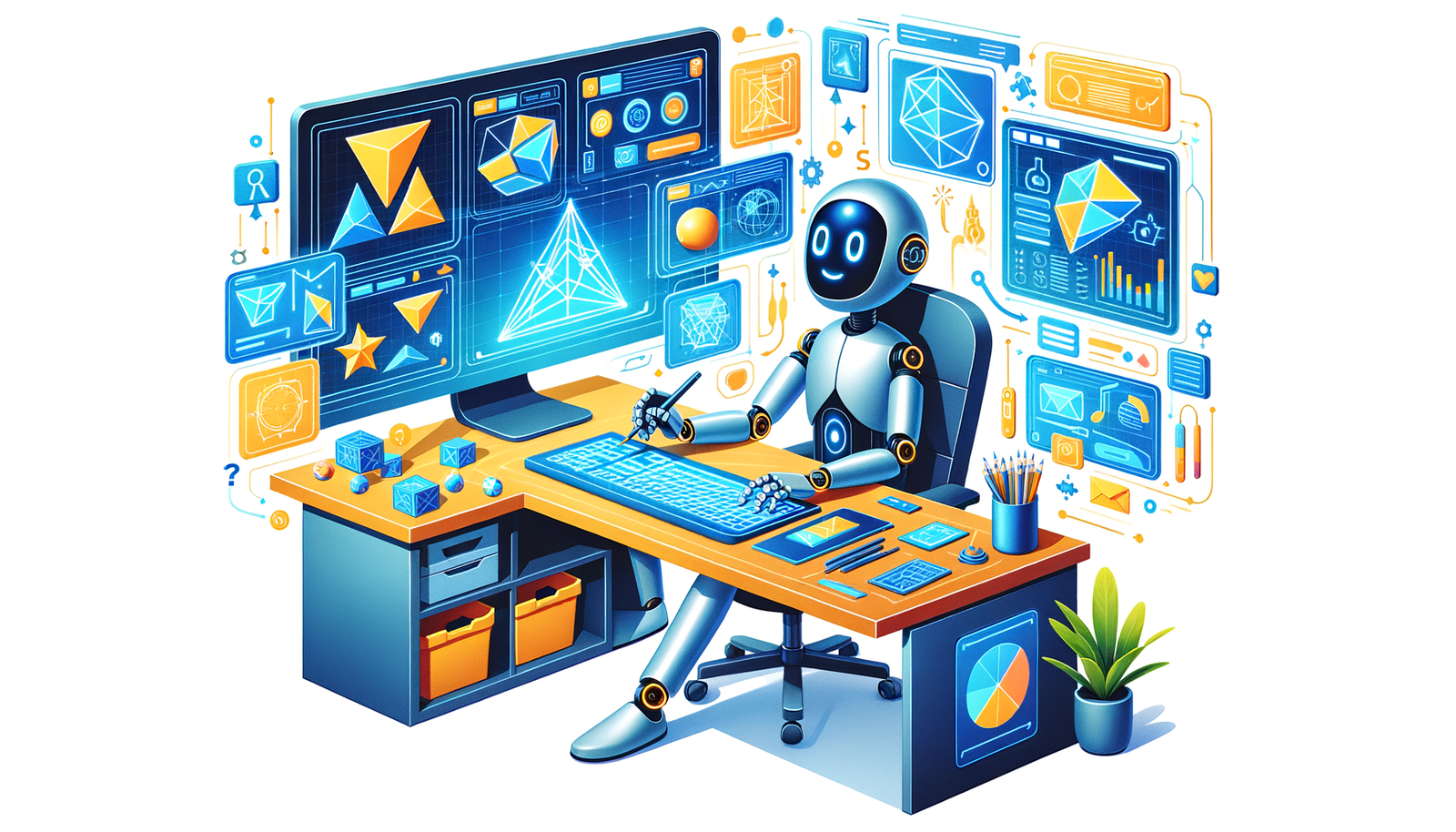Your Cart is Empty
Customer Testimonials
-
"Great customer service. The folks at Novedge were super helpful in navigating a somewhat complicated order including software upgrades and serial numbers in various stages of inactivity. They were friendly and helpful throughout the process.."
Ruben Ruckmark
"Quick & very helpful. We have been using Novedge for years and are very happy with their quick service when we need to make a purchase and excellent support resolving any issues."
Will Woodson
"Scott is the best. He reminds me about subscriptions dates, guides me in the correct direction for updates. He always responds promptly to me. He is literally the reason I continue to work with Novedge and will do so in the future."
Edward Mchugh
"Calvin Lok is “the man”. After my purchase of Sketchup 2021, he called me and provided step-by-step instructions to ease me through difficulties I was having with the setup of my new software."
Mike Borzage
Advancing CAD Software: AI-Driven Innovations in User Interface Design
August 21, 2024 3 min read


Introduction to AI in User Interface Design
Artificial Intelligence (AI) has permeated various sectors, bringing transformative changes to the technology landscape, including design software. AI refers to the simulation of human intelligence processes by machines, particularly computer systems. These processes include learning (the acquisition of information and rules for using the information), reasoning (using rules to reach approximate or definite conclusions), and self-correction. In design software, AI’s integration has been a gradual process, evolving from simple automation to complex, adaptive systems.
The importance of User Interface (UI) design in Computer-Aided Design (CAD) software cannot be overstated. The UI serves as the bridge between the user and the software, significantly influencing user experience and productivity. Traditional UIs often pose challenges such as steep learning curves, inefficient workflows, and lack of personalization, which can hinder user efficiency and satisfaction.
Transformative AI Technologies in UI Design
One of the most significant advancements in UI design through AI is AI-driven personalization. Adaptive interfaces that respond to user behavior can create a more intuitive and efficient user experience. For example, AI can track a user’s frequent actions and customize the interface to present the most relevant tools and features prominently. This not only reduces the time spent navigating menus but also enhances overall productivity.
Example use cases and benefits of AI-driven personalization include:
- Software that learns and highlights the most frequently used design tools for a particular user.
- Interfaces that adapt to different user roles within a team, ensuring that each user has access to the tools they need most.
Another transformative technology is Natural Language Processing (NLP). NLP enables users to interact with design software through voice commands and conversational interfaces. This is particularly beneficial for accessibility, as speech recognition can make software more usable for individuals with disabilities. By allowing users to issue commands verbally or through text, NLP can streamline complex operations and improve efficiency.
Predictive UI adjustments are another area where AI is making a substantial impact. Machine learning algorithms can predict user needs based on their past behavior, automating repetitive tasks, and suggesting next steps. These predictive capabilities can significantly enhance the user experience by minimizing interruptions and streamlining workflows.
Benefits of predictive UI adjustments include:
- Automated task completion, reducing the need for manual input.
- Contextual tool suggestions that anticipate the user’s next move.
Case Studies and Real-World Applications
Several leading CAD software solutions have successfully integrated AI into their UIs, demonstrating significant improvements in user experience. These integrations often involve a combination of AI-driven personalization, NLP, and predictive UI adjustments.
In-depth analysis of these software solutions reveals measurable improvements such as reduced time spent on tasks, increased user satisfaction, and higher productivity levels. Users report smoother workflows and a more intuitive interaction with the software, highlighting the tangible benefits of AI integration.
The impact on the industry has been profound. AI-driven UI innovations have changed how design professionals approach their work, leading to more efficient and creative outcomes. Feedback from users indicates that while there may be an initial learning curve, the long-term benefits far outweigh the initial challenges. Adoption rates continue to rise as more professionals experience the advantages firsthand.
Future Prospects and Challenges
Looking ahead, the potential advancements in AI for UI design are vast. Emerging technologies such as augmented reality (AR) and virtual reality (VR) are expected to further enhance the UI landscape in CAD software. These technologies can create immersive design environments, allowing for more interactive and intuitive user experiences.
However, with these advancements come challenges and ethical considerations. Privacy concerns are paramount, especially with AI-driven data collection. It's crucial to ensure that user data is handled responsibly and transparently. Further, fairness and avoiding bias in AI algorithms is a significant concern. Developers must work diligently to create AI systems that do not unfairly disadvantage any user group.
In conclusion, the integration of AI in UI design for CAD software marks a significant step forward in enhancing user experience and productivity. While challenges remain, the potential benefits and future innovations hold great promise for the industry. As technology continues to evolve, so too will the ways in which AI transforms the UI landscape, paving the way for more intuitive and efficient design processes.
Also in Design News

Design Software History: From Plotters to Procedural Intent: A Technical History of Generative and Parametric Design Software
January 04, 2026 13 min read
Read More
Semantic Meshes: Enabling Analytics-Ready Geometry for Digital Twins
January 04, 2026 12 min read
Read MoreSubscribe
Sign up to get the latest on sales, new releases and more …



